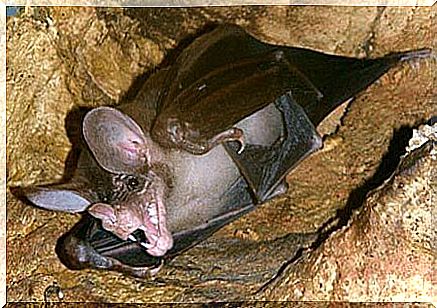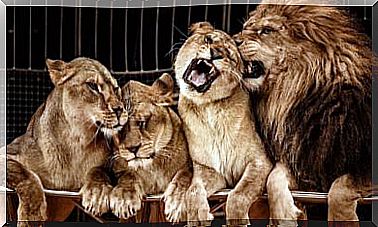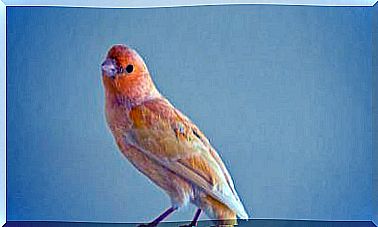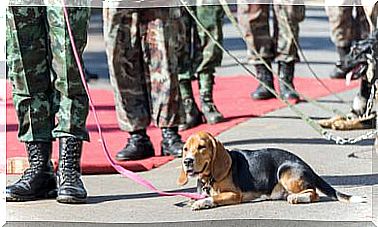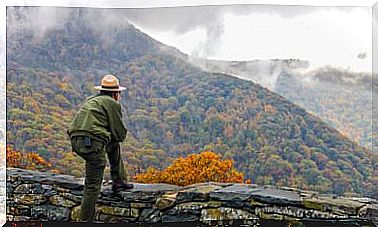Australia’s Extinct Megafauna
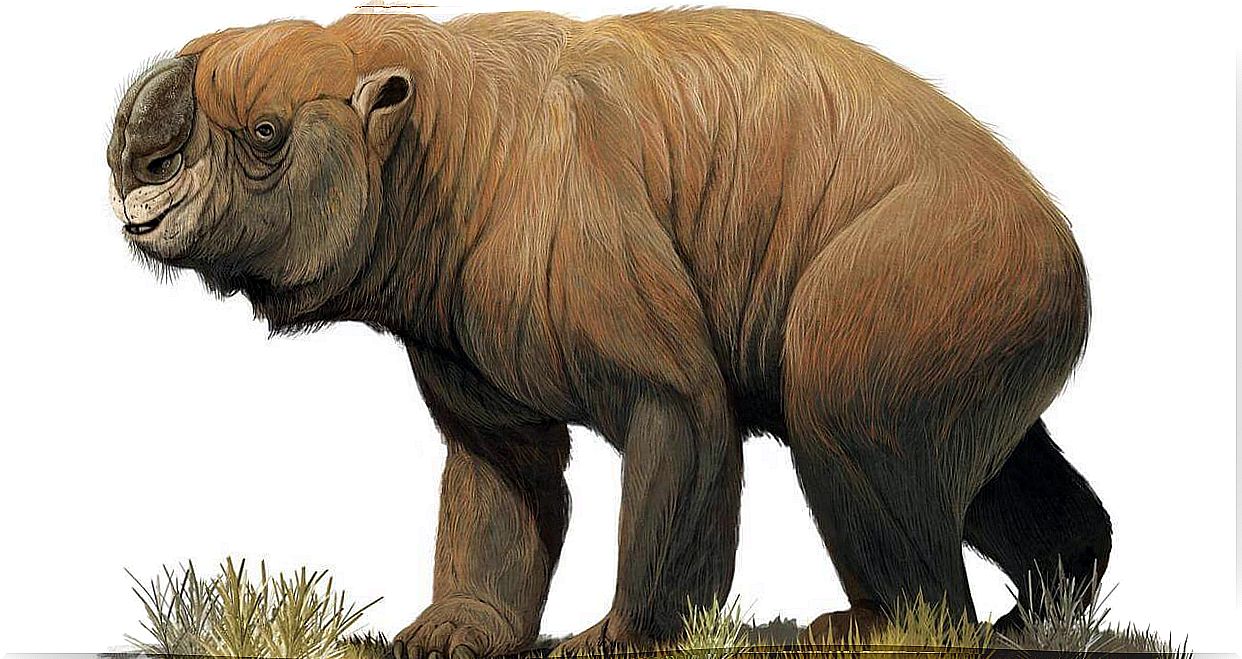
It was the year 1969 when Rod Wells, fond of finding fossils, entered Victoria Cave in South Australia. Surely you would never imagine that what lay there were the fossils of the extinct megafauna of Australia.
This article that we present to you collects some of the most fascinating and enormous animals that lived during the Pleistocene in Australian territory.
Diprotodon, the giant marsupial of the megafauna
Until today, it is the most gigantic marsupial – in the photo that heads this article – for which there is evidence. This is a herbivore animal about the size of a rhinoceros.
The largest specimens could be about three meters tall and weigh about three tons. Its closest living relatives are koalas and wombats.
These animals populated the island of Australia 1.6 million years ago, and are believed to have lived in herds. They used to inhabit wooded areas and grasslands, but always near lakes or rivers. There they fed on leaves, grasses and some bushes.
However, its large size and difficulty in maneuvering could play against it. This made them easy prey for another component of the megafauna, none other than the marsupial lion.
The marsupial lion, a born hunter
This relentless predator weighed between 100 and 160 kilos, and was the size of a leopard. Without a doubt, this made it the largest carnivorous mammal in the territory.

The marsupial lion ( Thylacoleo carnifex ) was capable of stalking and killing animals much larger than itself. Its strong and sharp claws helped it not to let its prey escape.
A curious fact about this component of the megafauna is its origin. The ancestors of the marsupial lion were herbivores and therefore their teeth were adapted for this purpose. To solve this, the marsupial lion made up for the absence of canines with sharp incisors.
Additionally, they developed knife-shaped premolars that, together with the biting power of their jaw, had a devastating effect. For example, it is believed that all these fearsome tools allowed the marsupial lion to kill its prey in a minute.
Procoptodon, the goliath kangaroo
Once again, we are facing one of the most impressive megafauna specimens. The short-faced giant kangaroo ( Procoptodon goliah ) was physically very similar to today’s kangaroos, but its face was flatter and its eyes were directed forward.
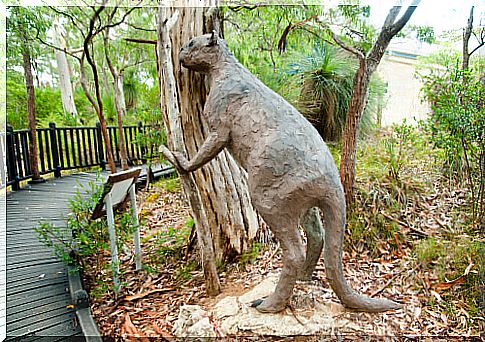
With a height of more than two meters and up to 230 kilograms in weight, these marsupials could reach the leaves of the trees to feed. Their arms ended in long, clawed fingers that allowed them to reach the farthest branches.
Despite being very similar to current kangaroos, there is scientific evidence that suggests that these animals did not move by jumping. Their anatomy more closely resembles bipedal walkers, such as humans.
Why did they become extinct?
What happened to the Australian megafauna remains unclear to this day. Many studies blame climate change as the main cause.
Researchers like Tim Flannery point to the arrival of man on the Australian continent, 50,000 years ago. Hunting and deforestation could have contributed to its disappearance, but this aspect is much discussed.
Be that as it may, it is evident that millions of years ago there were unparalleled animals. Modern paleontology and research have helped keep these beings from being forgotten.
It might interest you …
Main image source | http://cronicasdefauna.blogspot.com
